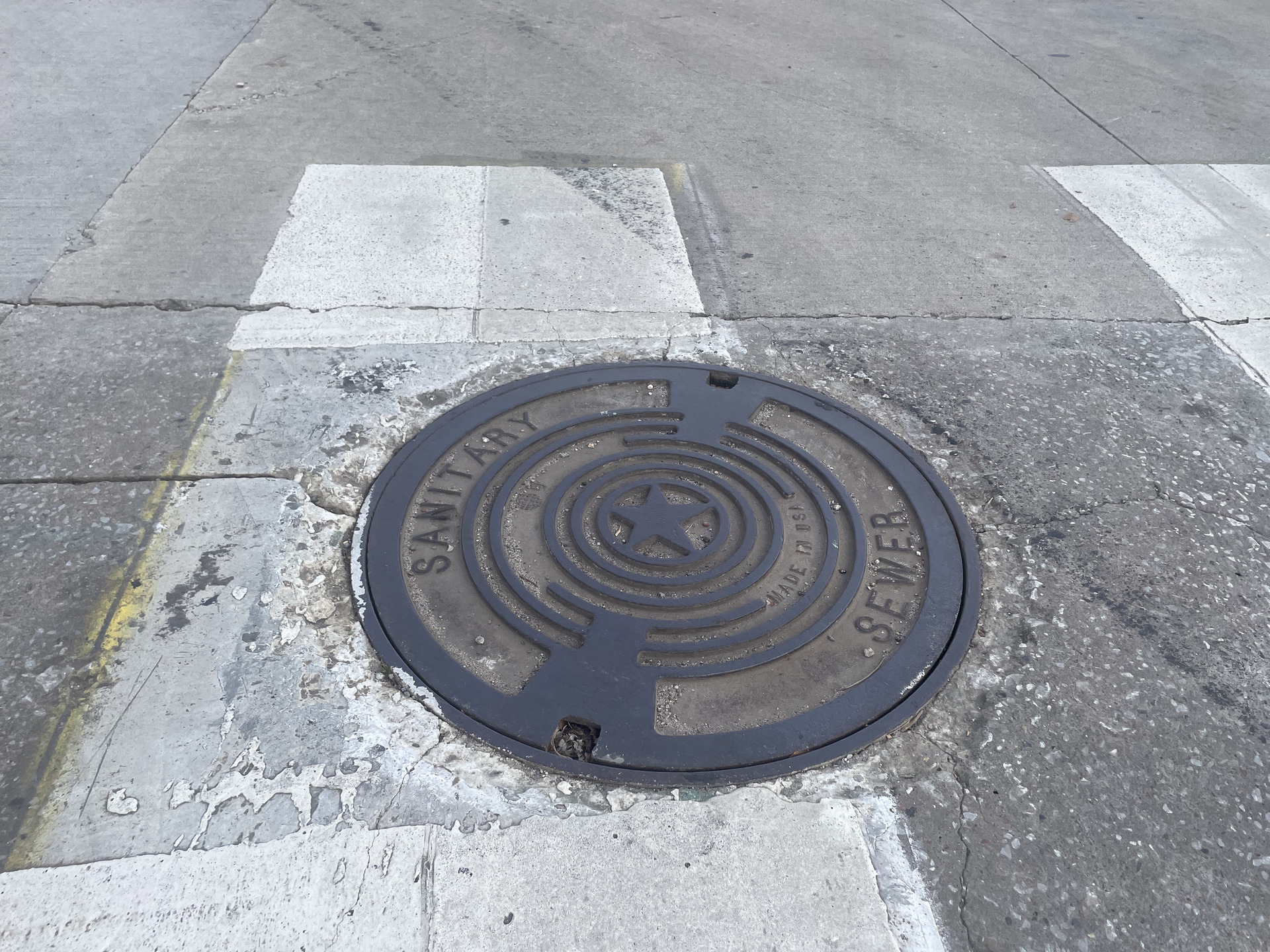After a 90-minute discussion last week, City Council members and a muralist reached a compromise: the artist will remove an Instagram handle from the mural, and the City will drop its concerns about four sections of the mural that differ from the approved mockup.
A disagreement between the City and the artist first became public during a City Council meeting on May 27. The resulting fallout revealed several flaws in public art policies and processes.
It was a stress test for the City, which hasn’t received complaints about any art on City property since the installation of "Sassy the Sasquatch," a visually striking 11-foot-tall Bigfoot-inspired statue, back in 2018.
Here are six ways the City could improve its public art processes:
Keep an eye out for “advertising” of organizations.
The City generally prohibits public art from promoting organizations. Upon further review, several Council members felt that including the All Bikes Welcome Instagram in the mural did not align with that standard (hence the compromise).
The City will add signage referencing All Bikes Welcome to properly credit the organization that partnered with Paige Dirksen on the mural.
Create a post-installation checklist.
The approval process for new public art on city property is quite thorough, often moving through multiple committees before receiving final approval from the City Council.
However, before the recent mural controversy, there was no formal process to review public art installations after completion.
City staff said they have recently created a post-installation checklist that requires signoff from multiple staff members before final acceptance.
The City could pay for all public art itself.
This mural was paid for by Visit Bentonville, and the City handled the approval of the artwork and the contract. Paying for artwork directly could allow the City to have more control over the process, councilmember Chris Sooter said.
“If the City wants to have control of it and approve it … The City needs to pay the bill. And then the City can bill Visit Bentonville or whoever wants to pay it,” Sooter said.
Formalize the formal acceptance.
The artwork’s contract requires a “formal acceptance” before payment can be made. However, it wasn’t clear what that actually meant in this case.
Emails to the artist from City staff were complimentary of the completed work and were interpreted as a “formal acceptance.”
“We do not have a formal process to close out the acceptance by the city,” city attorney Nick Henry said. “There is not a formal process for that at this point.”
Stick to the formal complaint process.
According to the City, resident complaints delivered by way of City Council members prompted staff to take another look at the mural. Staff say they weren’t responding to the substance of any specific complaint, but during their review, they noticed differences between the approved design and the completed mural and began requesting revisions.
The City has a formal policy outlining how citizens can file complaints about artwork on city-owned property, but that process was not triggered during the mural dispute. If enough formal complaints are received, it can result in the removal, relocation or alteration of the art in question.
“We are outside of the complaint process that is outlined by the city,” Nick Henry explained, continuing to maintain that it was a simple contractual dispute between the artist and the city.
However, Councilmember Bill Burckart said the City should have relied on the official complaint process.
“We have to have a process for this, and we shouldn’t single out any one piece of art to do it differently,” Burckart said. “I find myself in a very hard place because I feel like this is done differently.”
Clarify what is – and what isn’t – a formal complaint.
The official complaint process allows 10 citizens to submit “signed, written complaints” to trigger a process that could result in the removal or alteration of the artwork.
However, the policy does not specify where those written complaints should be sent, and City Council members were unsure if complaints that were emailed to them met the threshold of a “signed, written” complaint.
Whatever changes the City makes, Dirksen said she hopes it doesn’t make the process more difficult for artists.
“I think you’ve all alluded we’re learning things from this. I would hope this doesn’t mean that artists get no flexibility in what they’re doing because that sets a little bit of a dangerous precedent,” she said.
Correction: An earlier version of this article said the “all bike(r)s welcome” text was to be removed from the mural. That is incorrect. The resolution from City Council requires the artist to remove “all language that is not the artist’s signature or artwork title.”







